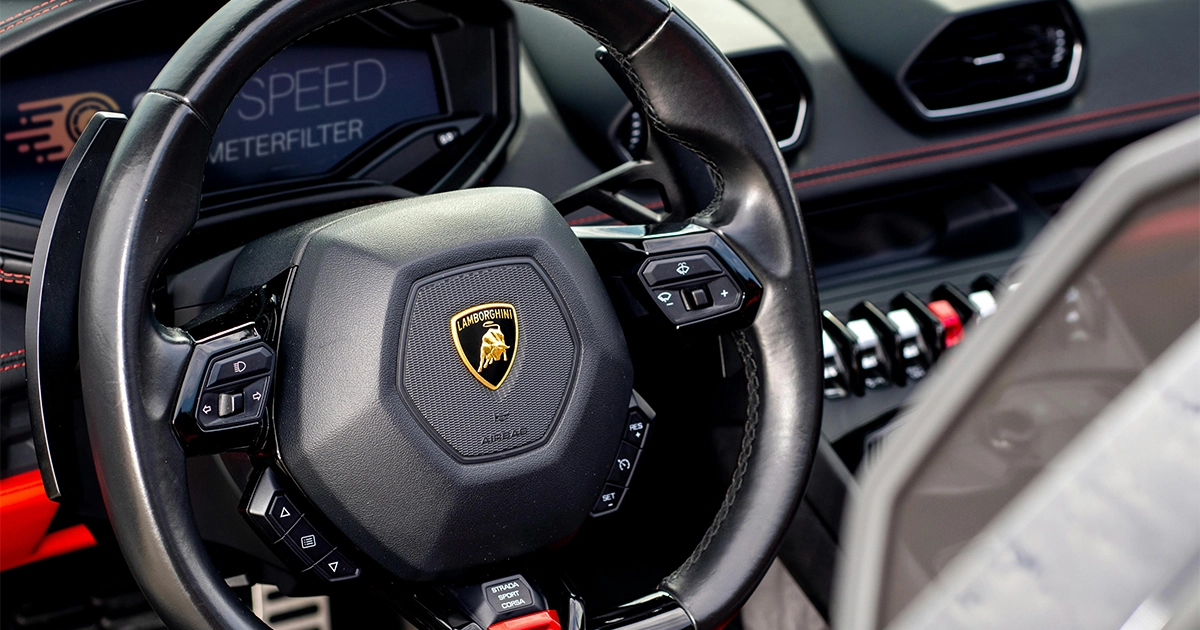
Bigger tires usually affect odometer readings and make them show fewer miles than actually traveled. This happens because bigger tires cover longer distances every rotation, resulting in underreported mileage. If you’ve switched to larger tires, you should examine the impact, especially if precise mileage recording is critical to your needs.
Adjusting your vehicle’s odometer can assist in resolving this difference and ensure your readings are precise and consistent.
Odometers are devices that measure the distance a vehicle has traveled. They work by counting the number of revolutions made by the wheels and converting the information into miles. Do you wonder how? Each wheel revolution indicates a specified distance based on the tire’s circumference. The odometer then utilizes this information to show the overall distance traveled.
In modern cars, the odometer receives data from electronic sensors that are positioned close to the wheels or transmission to count the revolutions. To offer an accurate measurement, the vehicle’s internal computer evaluates the data, taking into account things like gear ratios and tire size.
Today, mechanical odometers are not as widely used. They measure wheel rotations using a set of gears and then show the miles based on their rotation. The basic idea is the same for both mechanical and electrical systems: translating wheel rotations into a legible distance traveled.
An odometer and a speedometer are not the same, though they both track characteristics of a vehicle’s movement. The odometer, which is often shown in miles or kilometers, is a record of the overall distance a car has driven over time. The speedometer, on the other hand, detects the car’s current speed and displays it at all times. The odometer gathers distance and helps in tracking total mileage, while the speedometer displays speed information in real time. As you can see, although they both rely on wheel revolutions, the two devices have distinct functions.
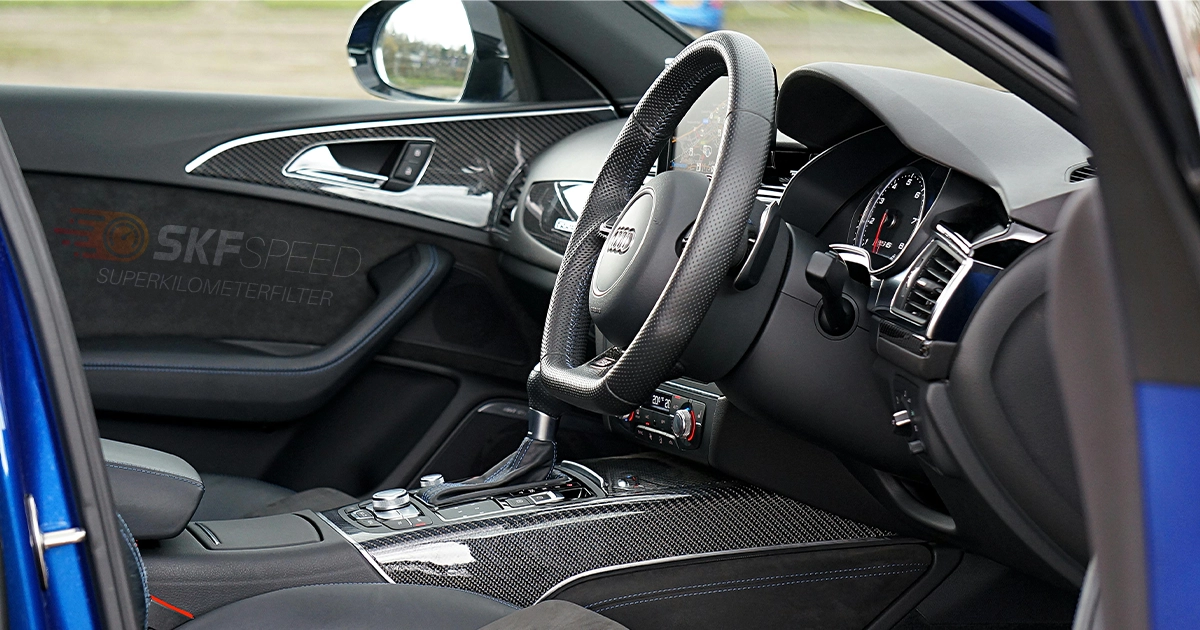
Yes, bigger tires affect odometer readings and will display lower mileage on the dashboard than a vehicle actually traveled. Odometers calculate distance depending on the number of wheel rotations. Larger tires cover more ground every revolution due to their higher diameter. Therefore, the car with bigger tires will cover a larger distance and have a lower odometer reading.
This difference means that the odometer reading will eventually lag behind the actual distance driven by the vehicle. If you continuously drive with larger tires without recalibrating the odometer, the underreporting of miles will become more noticeable, resulting in wrong mileage data on your dashboard.
For example, imagine your vehicle originally had standard tires with a diameter of 26 inches, and your odometer accurately measured distance based on these tires. Now, you decide to upgrade to larger tires with a diameter of 30 inches. Because the bigger tires have a larger circumference, each rotation covers approximately 15% more surface area. Hence, if regular tires cover 80 inches every rotation, bigger tires will cover around 92 inches.
As for the mileage, if you drive 1,000 miles with the bigger tires, the system may only show around 800 miles. This disparity occurs when the odometer reports fewer rotations due to the longer distance per rotation with the bigger tires.
Changing tire size and rim can lead to a misleading speedometer, as larger tires cover more distance per revolution due to the increased circumference. The speedometer calculates speed based on wheel rotation. Consequently, the speedometer, calibrated for the original tire size, will indicate a lower speed than your actual speed.
For example, assume that your car initially came with 28-inch diameter tires, and you upgraded it to 32-inch tires with a wider circumference. With the original 28-inch tires, if your speedometer reads 50 mph, it’s correct since it’s based on the tire’s revolutions per minute. However, with 32-inch tires, each revolution covers more area, so while your speedometer reads 50 mph, your true speed might be closer to 57 mph. This occurs because your speedometer continues to detect speed based on the rotations of the smaller, original tires, neglecting your actual speed.
Bigger tires have a bigger circumference, resulting in fewer revolutions as you drive. When a car has bigger tires, the speedometer considers slow rotations and shows a lower speed. Because the odometer computes distance based on tire rotations, it will, therefore, show fewer miles. Consequently, the discrepancy between the actual data and the mismatch will increase with time.
This implies that as your tires get bigger, the accuracy of the odometer and speedometer readings decreases. The discrepancy can cause severe failure to report speed and mileage over time, which might have an impact on maintenance schedules and fuel efficiency estimates. It’s crucial to recalibrate these meters before installing bigger tires in order to guarantee reliable data. If you don’t calibrate the information accordingly, your car’s actual data could be missing.
Yes, bigger tires affect fuel efficiency in different ways:
It is the general rule to keep the tire size within 3% of its factory (original) size. Going beyond this mark is not recommended, as it may cause odometer and speedometer miscalculations. So, if you decide to change the tire size, make sure that you stay within the 3% limit.
Here are vehicle tire sizes and their 3% limits:

The mileage blocker is the most effective device nowadays that stops the mile recording process in vehicles. Its primary advantage is that this tool is untraceable, and original mileage cannot be detected.
The Super Kilometer Filter team in Germany developed the Mileage Blocker, especially for vehicle testing. It allows testers to work more efficiently and evaluate automobiles without concern about accumulating extra unnecessary mileage throughout the testing procedure. Despite their defined purpose, mileage blockers are used unethically to manipulate odometers because of their undetectable performance. Remember that these devices should not be used on public roads; everyone must obey local laws and rules.
Aside from being undetected, the mileage blocker has multiple settings, so you may easily switch to the setting you like best. The SKF team designed a mobile app that allows you to control the gadget using your smartphone. In addition, the compact tool comprises high-quality components, ensuring that it works in any weather conditions. The mileage blocker provides straightforward installation instructions, and anyone can follow them.
Now, you can purchase the mileage blocker online and approach customer service or support for any additional information.
Bigger tires impact odometer readings by showing lower miles than actually traveled due to their increased circumference. This happens because larger tires cover more distance per rotation, causing underreported mileage. Maintaining proper mileage is critical, as is recalibrating your odometer after changing tire sizes.

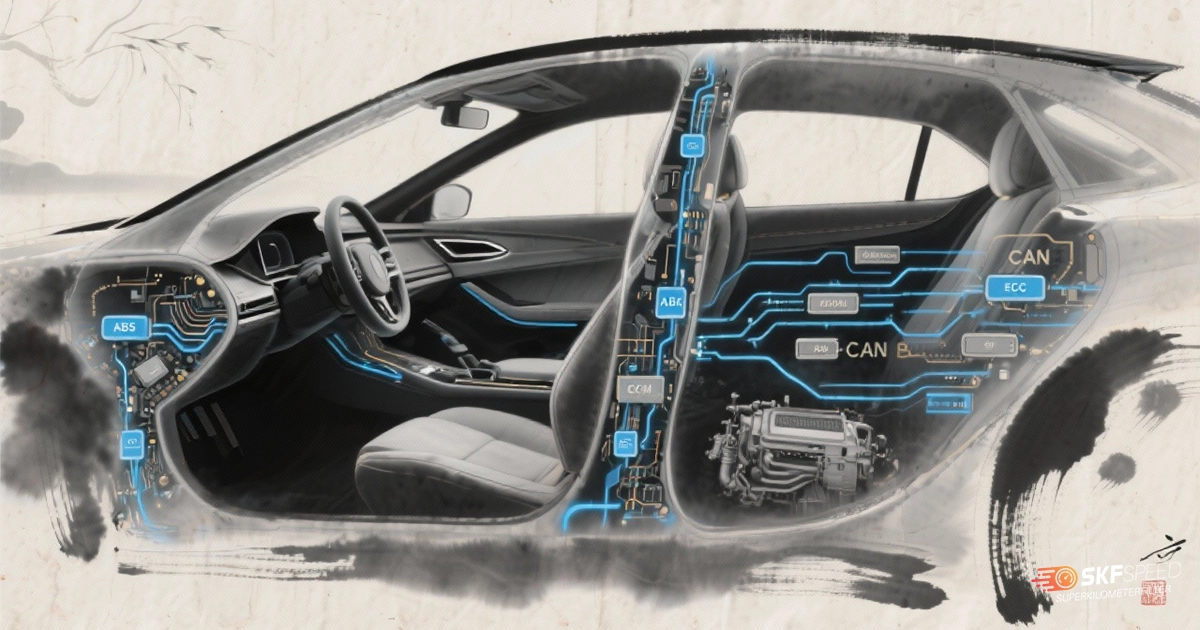
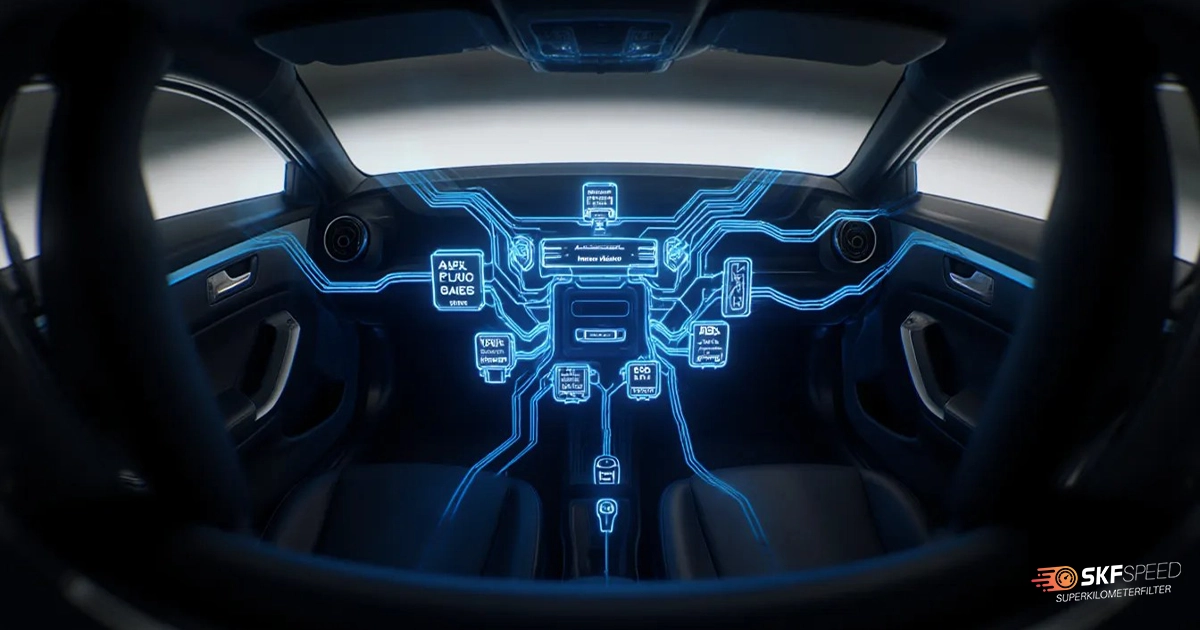
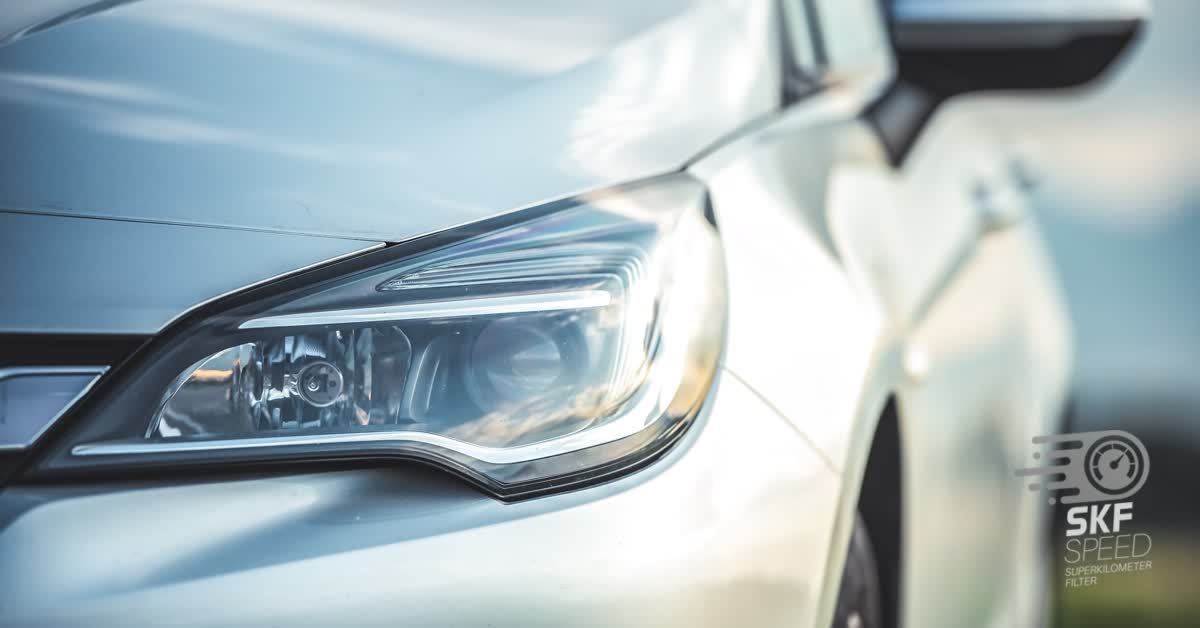

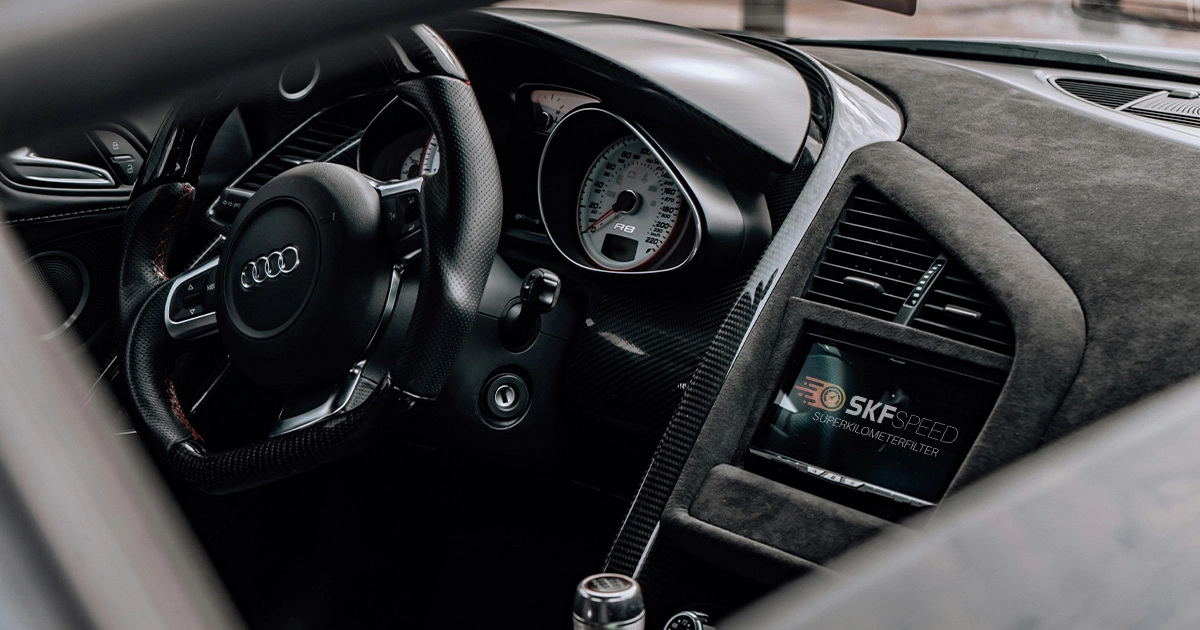
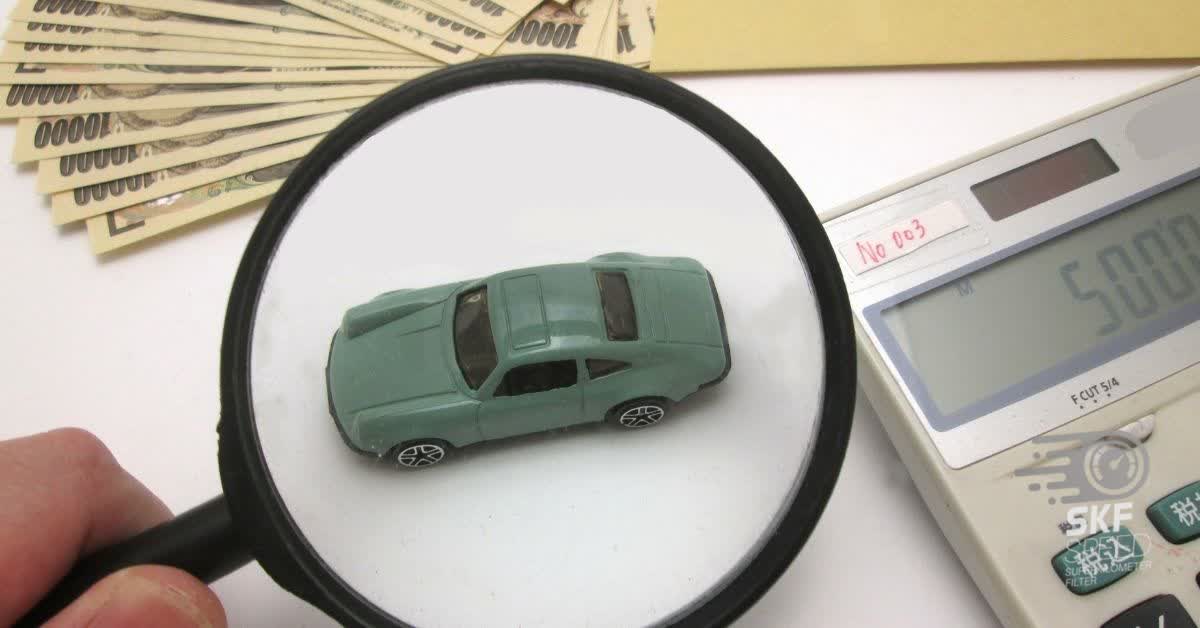

Here you will find all the details about our company
Here you will find shipping and return related information
Here you will find information on all technical questions
Here you will find helpful information about installation